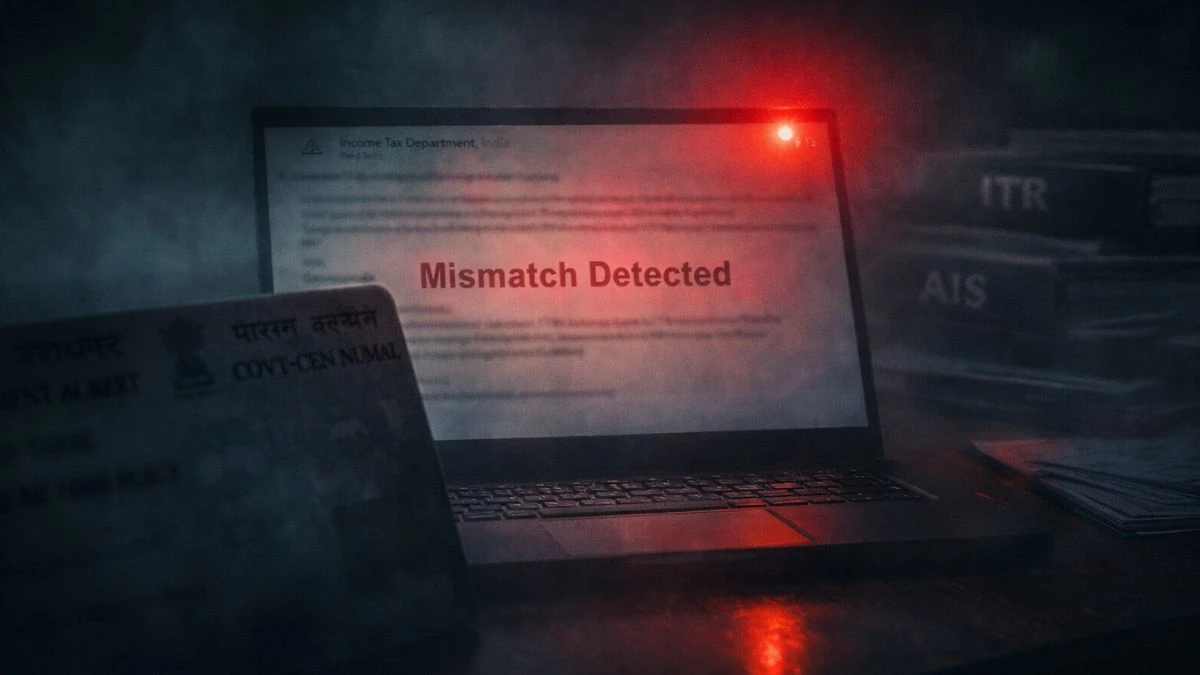
What Happens When an Income Tax Refund Is Above ₹50,000?
Rules, Interest, and Things to Know | FY 2024–25 | AY 2025–26
Receiving an income tax refund is always a relief, but if your refund amount crosses ₹50,000, you may be wondering:
“Is there any extra rule, delay, or scrutiny when my tax refund is more than ₹50,000?”
Let’s break it down for you with updated rules and what to expect when your refund amount exceeds ₹50,000.
✅ Is It Legal to Get a Refund Above ₹50,000?
Yes, absolutely.
There is no legal restriction on the amount of refund you can receive. If your TDS, advance tax, or self-assessment tax paid is more than your actual tax liability, you’re entitled to get the entire excess amount as a refund, even if it's ₹50,000 or more.
📌 What Happens When Refund Exceeds ₹50,000?
Here’s what typically happens when your ITR refund amount is above ₹50,000:
1. Extra Scrutiny or Verification
• The Income Tax Department may manually scrutinise large refund cases to prevent fraud.
• You may be asked to validate Form 26AS, AIS, or submit additional proof (only in suspicious cases).
2. Refund Is Paid with Interest
• You may be eligible for interest under Section 244A on your refund.
• Interest is calculated @ 0.5% per month from April of the assessment year to the date the refund is granted.
💡 If your refund is> ₹50,000, the interest amount is also reported separately in Form 26AS and should be declared as “Income from Other Sources” in next year's ITR.
3. Refund Directly Credited to Your Bank
• Refund is deposited by CPC Bengaluru to your pre-validated bank account.
• You’ll receive intimation via email and SMS from refunds@incometax.gov.in.
🧾 Example: Refund > ₹50,000 with Interest
• TDS Deducted = ₹1,40,000
• Actual Tax Liability = ₹80,000
• Refund = ₹60,000
• Interest (under 244A, 6 months) = ₹1,800
✅ Total Credited = ₹61,800
🧠 Remember: The ₹1,800 interest is taxable income next year.
🔐 How to Ensure a Smooth Refund for Large Amounts
| Step | Why It Matters |
| Pre-validate the bank account | Mandatory for refund processing |
| Match ITR with Form 26AS & AIS | Avoid mismatches and scrutiny |
| Use the correct ITR form | Reduces the chances of rejection |
| e-Verify your return | Within 30 days of filing |
| Declare correct TDS/self-assessment | Prevents over-claiming a refund |
❌ What If the Refund Is Delayed?
• If your refund is stuck, check Form 26AS, AIS, and the refund status
• You can file a grievance on the e-Filing portal
• A refund reissue request can be made if the bank account was invalid
Final Words
There’s no cap on the amount of refund you can receive, and refunds above ₹50,000 are normal and legal. Just ensure that your TDS and income declarations match and that your return is filed accurately and verified on time.
Need help in understanding more about the above? Contact our experts on Callmyca.com.











